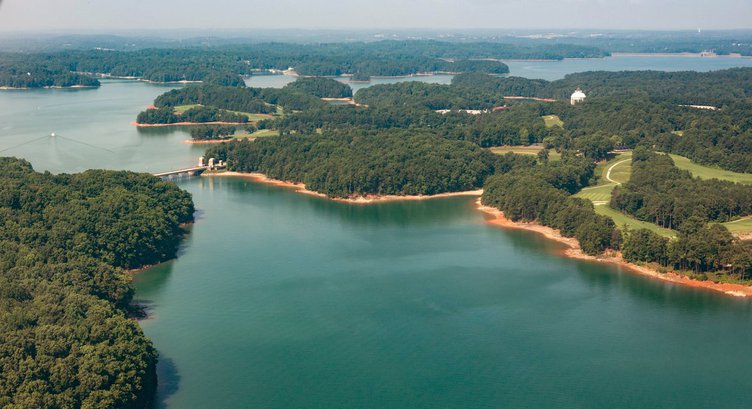At times the topwater action has been furious with schooling fish showing themselves as they ambush herring and shad on the surface. More often you will encounter fairly calm water where you cast your lures. As you work your surface plugs above brush fish will rush to the surface to crush your lures.
Fishing Report: Top water action from Dusk to Dawn

